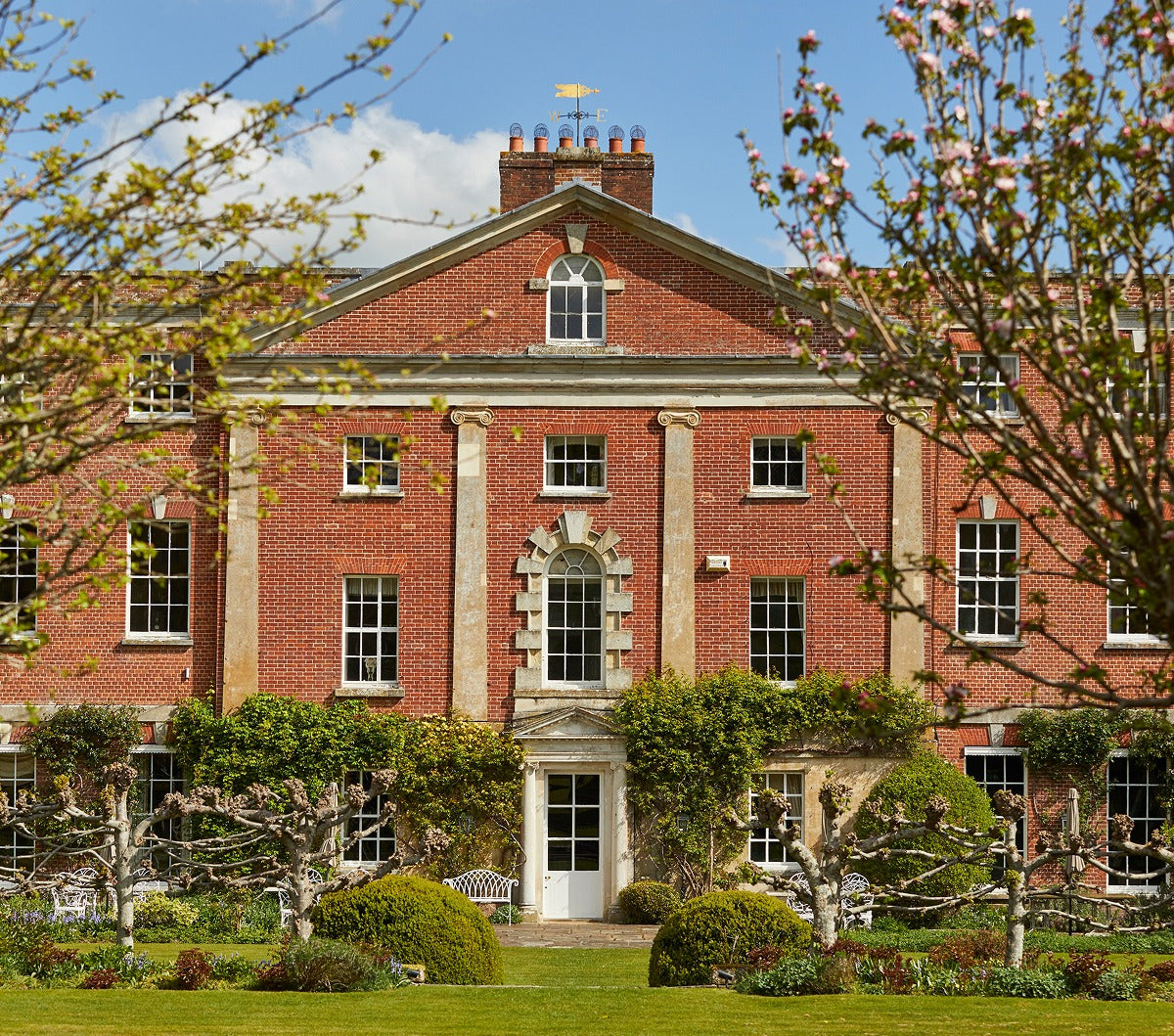What images come to mind when you think about the winemaking process? Rolling vineyards? Crushing grapes? Or… maybe just the tasting? Something that doesn’t see the light of day so much, figuratively and literally, is the fermentation or ageing process.
If you’ve been lucky enough to visit a winery or vineyard, you may have seen the barrels in which the wine is fermented. This process is as old as winemaking itself, with the Georgians using clay amphoras 8000 years ago to ferment and store wine.
It wasn’t until 400 BC that the Mesopotamians began to use palm wood to transport wine through ancient Asia. Fast forward several hundred years, the Romans introduced oak barrels to winemaking, and by chance, discovered that it helped to soften wines and often make them taste better.
The simple science of oak and wine
To understand why oak and wine are such a great match, we must first understand oak itself. Despite being a hardwood, oak is still permeable. That means that the wine and the barrel can interact. Put simply, the wine concentrates, and oxygen is introduced to the wine through the wood. Yes, the barrel breathes!
Stick with us – this exchange of liquid and air isn’t as scientific as it sounds, and it’s actually a very simple example of evaporation and oxygenation. This process allows the wine to become more concentrated in terms of flavour and aroma as it evaporates, and the gentle introduction of oxygen affects the tannins and therefore the overall softness of the wine.
This addition of character is what gives nuances to wine (in addition to the grapes themselves), and the process can be further affected by the age of the barrel. For instance, wines from newer barrels will have stronger aromas and flavours of vanilla, toast and sweet spices. Every time a barrel is used, this effect is diminished until eventually—generally by the fifth use—the barrel simply provides a textural component to the wine.
Our top secret Penn Croft barrels
Actually, they’re not secret at all. Our barrels are rarely brand new, and that’s because we don’t want to overpower our wines, which are typically quite delicate. Instead, we utilise used barrels to introduce ‘weight’ to the wine, which results in a rich, textured mouthfeel.
Only a small portion of our 2021 Bacchus was fermented in oak barrels, whilst our 2020 Pinot Blanc was 100% barrel-fermented to encourage a richer, toastier quality to the wine. If you’re lucky enough to still have a bottle of this, pay careful attention to the flavours and aromas whenever you choose to open it.
Some fun facts
The fun doesn’t stop there. Some wineries will introduce oak chips to their barrels to help age the wine more quickly, whilst others may experiment with different types of wood, including redwood, pine or chestnut. Although for the most part, alternatives to oak aren’t often as effective. For instance, chestnut can be a little too high in tannins and too porous, whereas redwood can be too rigid to even manufacture the barrels with ease.
You may also find some wineries using barrels that were previously used for other kinds of alcohol, such as whisky. This ‘double barrel’ technique can add richer flavours to wines. And on the other side of the coin, ‘wine finish’ is a thing too, with some whiskey makers ageing their spirits in barrels once used for wine. This can supplement the spirit’s taste and even be a sneaky way to get around flavouring regulations.
So, next time you’re sitting back and enjoying a glass of wine, or perhaps you’re ordering or buying wine, it’s not unusual to ask about the winemaking process or the barrel specifically.
Hopefully this blog has given you a little insight into the fascinating world of barrels.
Cheers!


